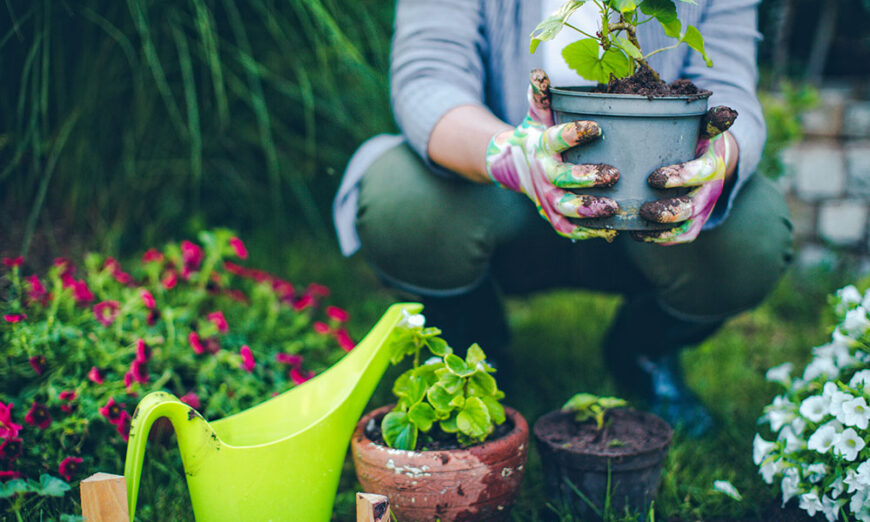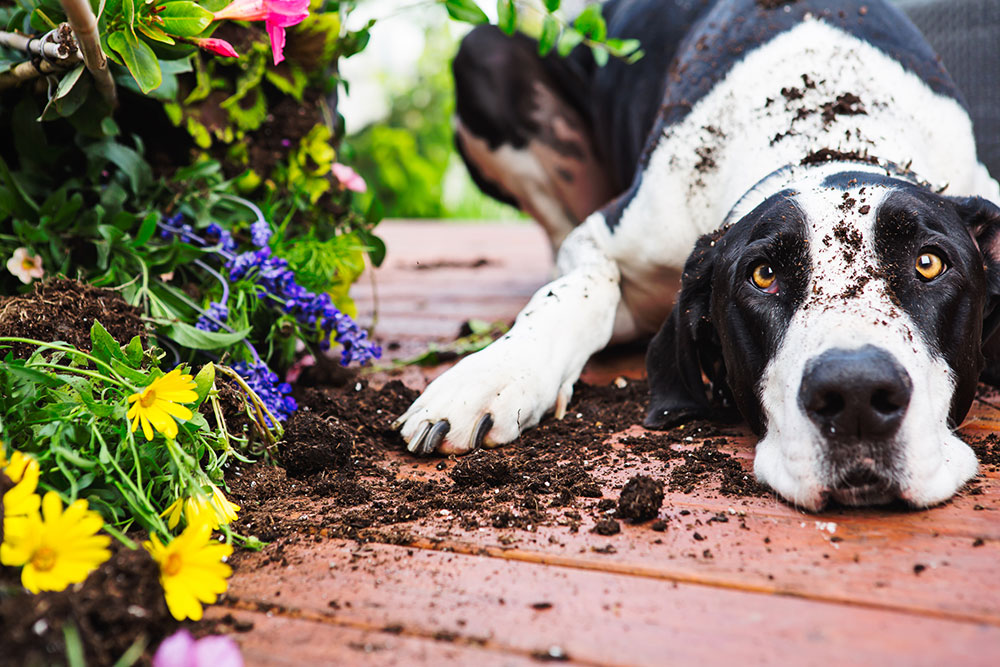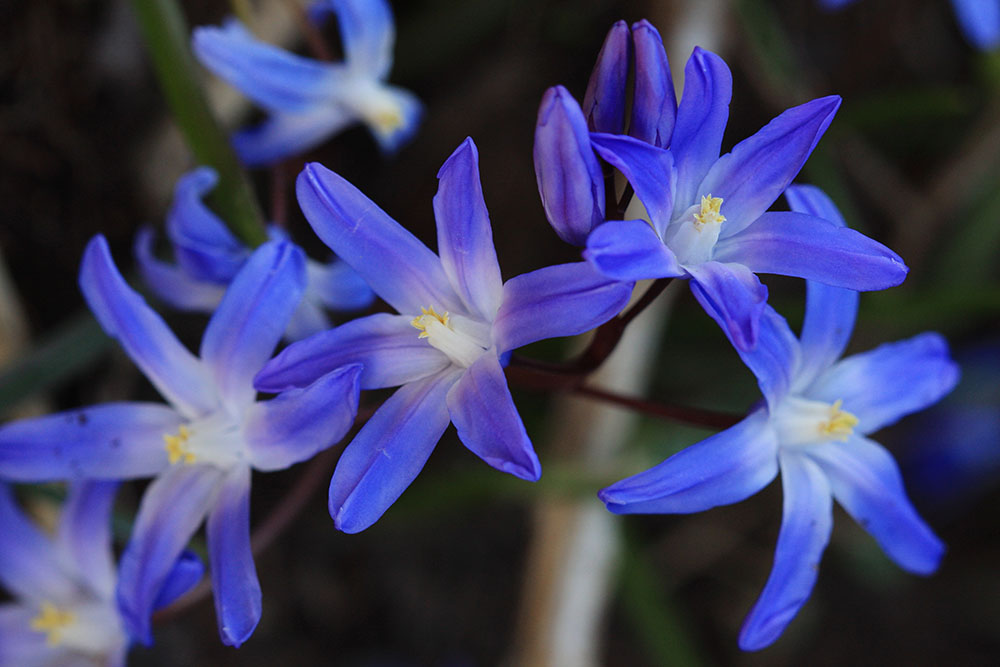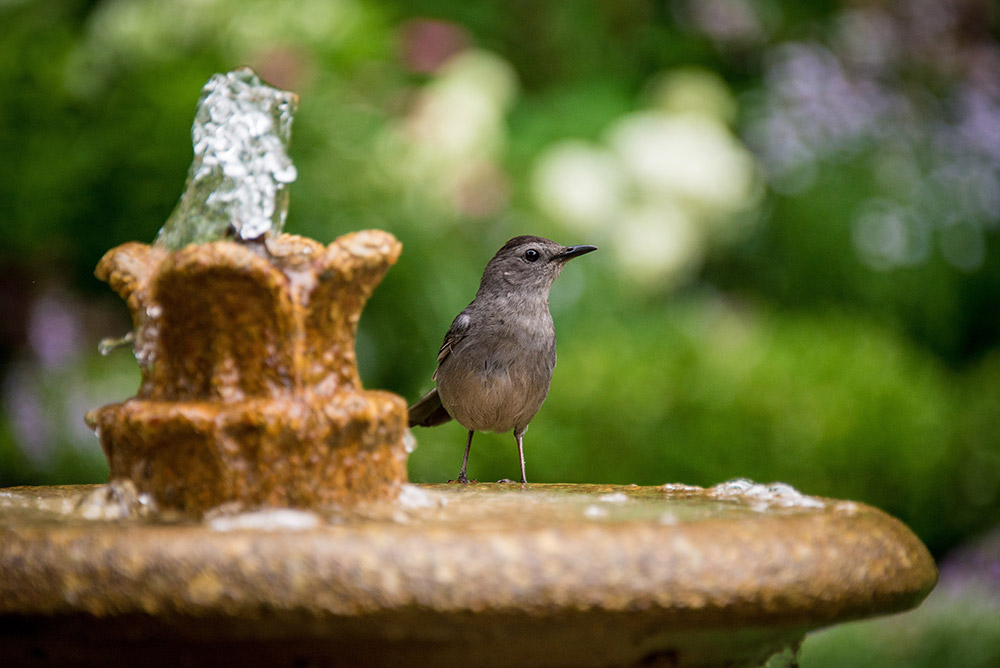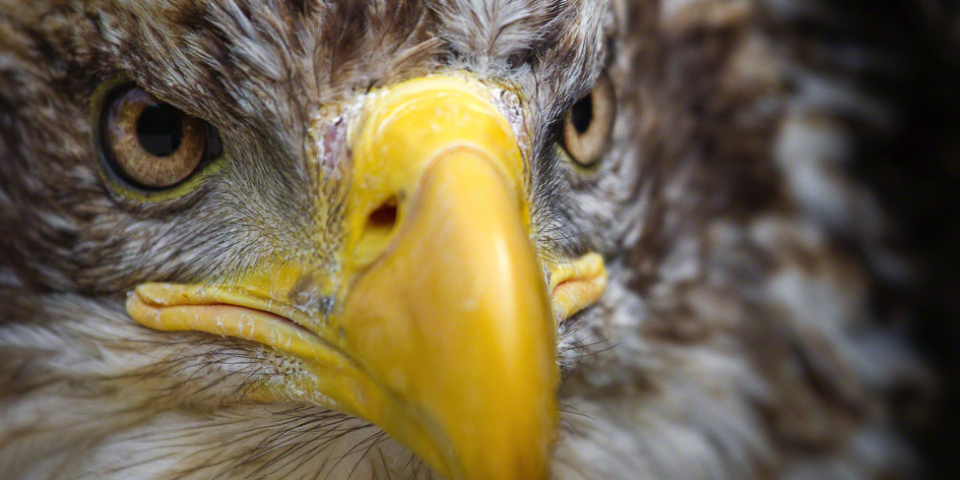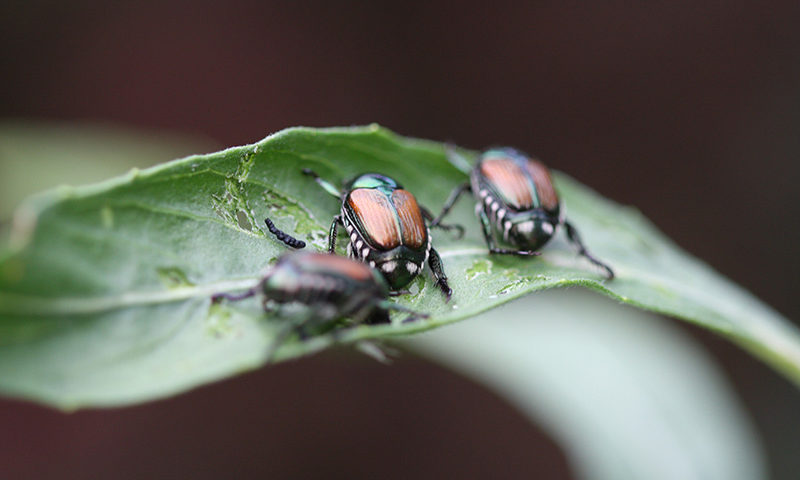Bring Your Photos to Life this Spring!
Summer is just a month away, and the warmer months are usually a great time to get outdoors to shoot landscapes and nature. And even though the current world situation means many of us can’t travel to new and interesting locations to shoot, that doesn’t mean we don’t have ways to hone our skills and take great shots close to home.
Garden photography is one way to do just that. Photographing your own garden or yard, or visiting a nearby public park (while practicing any safe measures that may be in effect!) is a great way to work on your landscape, nature, still life and macro photography skills — and even your wildlife photography skills, if you’re lucky. And if you’re an avid gardener, it’s a great way to show off your green thumb!
Let’s run through some top tips to keep your garden photography in tip-top shape, as well as some recommended gear to invest in.
Five Tips for More Succulent Garden Photos
1. Get up Close and Personal
While it can be tempting to widen your shots to show off an entire flower bed (or your whole garden), you may actually be inviting too much clutter into your shots. Instead, focus on the thing that really catches your eye: a specific flower or color; the way the light shines through a patch of leaves; or a bumblebee or butterfly as it hovers above the flora.
Don’t stop there, either: You can break out your macro lens to get even closer. With the macro you can fully capture the detail in the pistil of a flower or on the shell of a beetle.
2. Capture the Unexpected
Although flowers are often the focal point of a specific garden, there’s a lot more to a garden than that. Make sure you move your camera around and capture the additional plants and elements that make up your garden. What evokes the mood that your garden sets for you? Is it the combination of plants and flowers, the way the sun hits certain leaves or the way shadows fall across individual beds?
You can also use different elements of your garden, such as spaces between plants or openings in the leaves, to frame your shots and bring your favorite elements into greater focus.
3. It’s Not Just About the Plants!
So you’ve spent some time shooting the flowers and the surrounding plants, but what about the complementary features that bring your garden to life? Most gardens have decorative elements like statues, or benches to sit on or bird feeders or baths; make sure you take the time to capture these as well. Even individual pots or planters can have interesting details on them or can be used to set scale; you can also shoot birds and bugs, or squirrels or chipmunks, as they visit your garden.
Another way to make your garden feel alive is to include some people in your shots. For your home garden, you can capture your family working or playing in your green space, and even shoot items like garden tools to make your garden feel lived-in.
4. Contrast is Your Friend
Gardens can run the gamut between really colorful, with flowers providing bursts of color all over, or just too green, with a seeming sea of leaves covering all. To help ensure your desired subjects stand out from their surroundings, look for angles that show off contrasting colors. That might mean getting low, to put the sky behind the subject, or the reverse, to get dark soil in the background.
You can also make use of a shallow depth of field to bring your subjects out of the background.
5. Avoid the Midday Sun
While it might seem like the midday sun will make the colors in your garden pop, it can actually have the opposite effect: The midday sun can be too bright, and completely wash out your colourful subjects.
Instead, make time in the early morning and later afternoon to shoot your garden. The lower sun can provide a soft, beautiful background that makes your plants and flowers feel lively and vibrant. And don’t be afraid to shoot on slightly overcast days, either; cloud cover offers diffused lighting that gives you a natural feel on camera.
Grow Your Skills with the Right Tools
Good news: you can take great photos in your garden with just about any camera! But if you’re looking to invest in some new gear to help bring your green space to life, there are a few specific features and items you should look for.
The Best Cameras for Garden Photography
Ideally, you’ll want to shoot outdoors with a rugged, compact camera. And since you’ll likely be zooming in on small details, image stabilization is also key — as is a tilting LCD screen, to help you get close to the ground and nail the right angles.
- The Canon PowerShot SX70 is a point-and-shoot model with an impressive 65x zoom and a 5-stop optical image stabilizer, along with a “zoom framing assist” that helps you lock in on your subject when zoomed in. It also features a tilting LCD screen.
- If you prefer an interchangeable lens camera, the Canon EOS Rebel T7i is an ideal entry-level DSLR. It captures sharp, dynamic photos with its 24.2 megapixel APS-C sensor, has a dual pixel autofocus system and features a tilting LCD touch screen. It’s also offered as a kit with Canon’s EF-S 18-55MM F4-5.6 IS STM lens that offers four stops of image stabilization.
- If you’re ready to go mirrorless, the Canon EOS RP is compact and lightweight 26MP full-frame camera with tilting LCD screen, and with Canon’s EF lens adaptor, you have a wide range of lenses available to you.
Choosing the Right Lens for Garden Photography
- In addition to your kit lens, a macro lens can help you get up close and personal with your garden. Canon’s EF-S 60MM 2.8 MACRO USM lens has a 52mm filter diameter and lets you get within four inches of your subject without distortion.
- If you’re concerned about stepping right into your garden, or can’t get as close in a public space as you might like, you’ll want to have a zoom lens with you. A 70-200mm zoom lens, such as Canon’s EF 70-200 F4 L USM, will give you all the room you need, and provide a tight depth of field that frames your shots nicely.
- For a fun addition, consider using a fisheye lens; it can help you create interesting compositions using flowers and plants immediately in front of the lens, or help you show off your entire garden without stepping too far outside of it. The Canon EF 8-15MM F4.0L USM makes a great choice here.
Great Accessories for Garden Photography
Getting close to the ground is an important part of garden photography. A low tripod can help you get right close into the dirt while still helping you maintain stability and avoid camera shake and blurriness in your shots.
- The Cameron T200BH Tripod with ball head is a sturdy tripod that lets you get as close as 10 inches to the ground. Its ball head gives you plenty of angles to work from, and its built-in level helps ensure you’re perfectly on line when you need to be.
- Manfrotto’s MT190XPR03 tripod with MHXPRO ball head features a 90-degree centre column mechanism, which allows you to extend your camera both horizontally and vertically. Best of all for garden photography, the MT190XPR03 allows you to get within four inches of the ground.
Take Advantage of Your Available Green Space!
Our backyards and public parks can be great sources of photography inspiration. Colors and contrasting light and shadow are readily available, and you can experiment with interesting angles to create memorable compositions.
What’s Next:
- Shop Canon cameras at Henry’s
- Shop Canon lenses at Henry’s
- Protect your purchase with Henry’s Extended Life Plan
